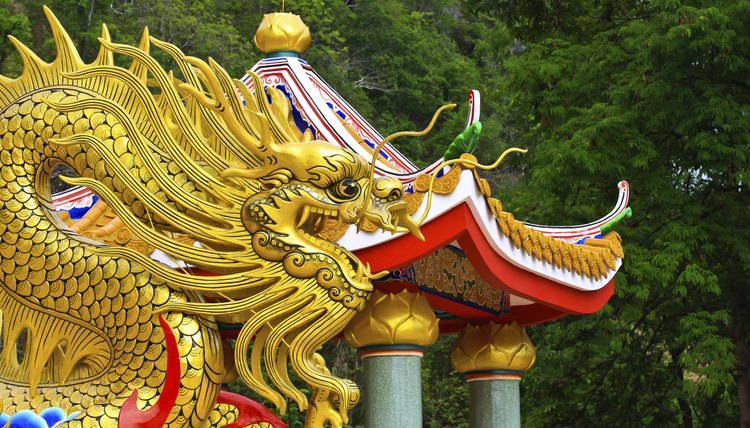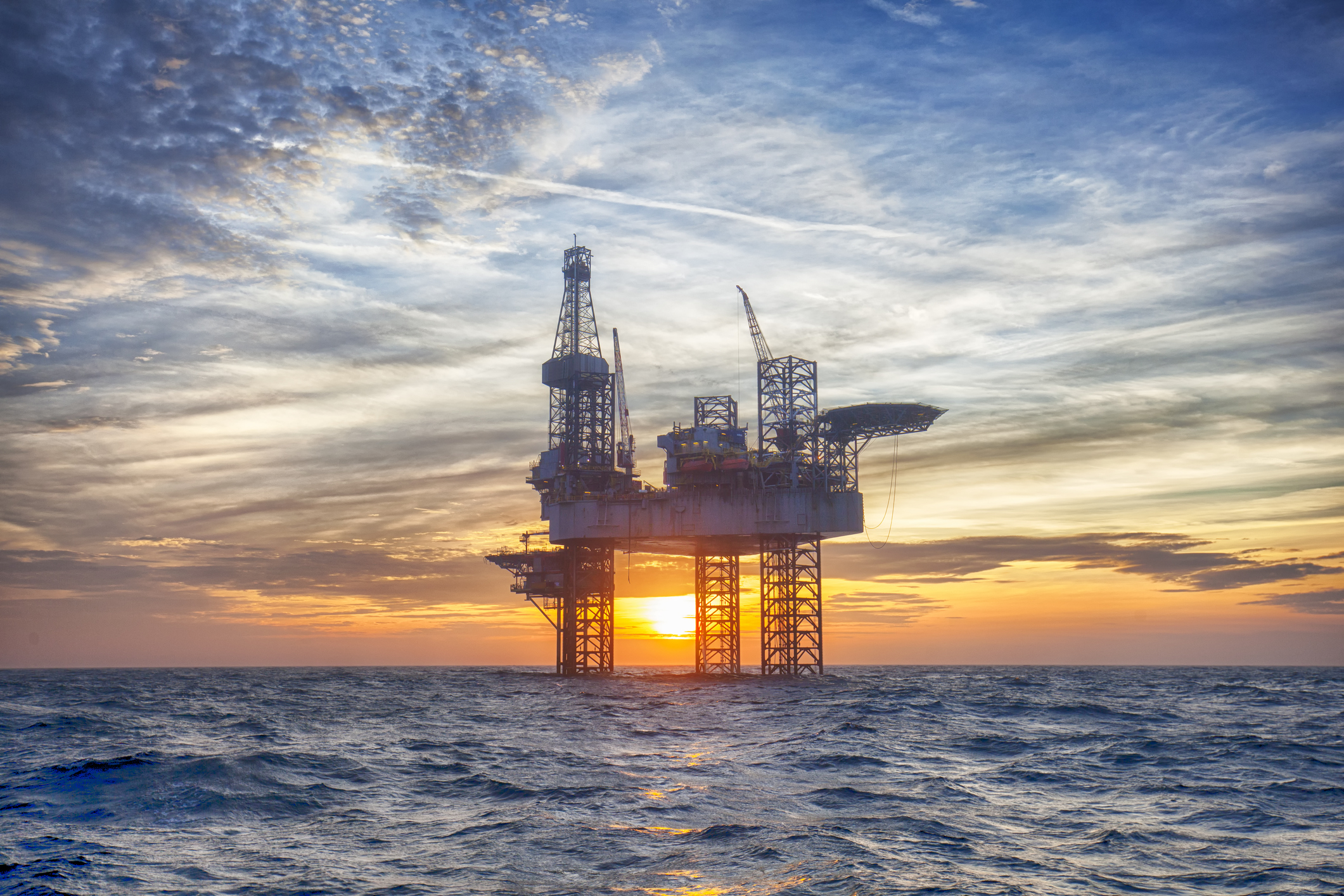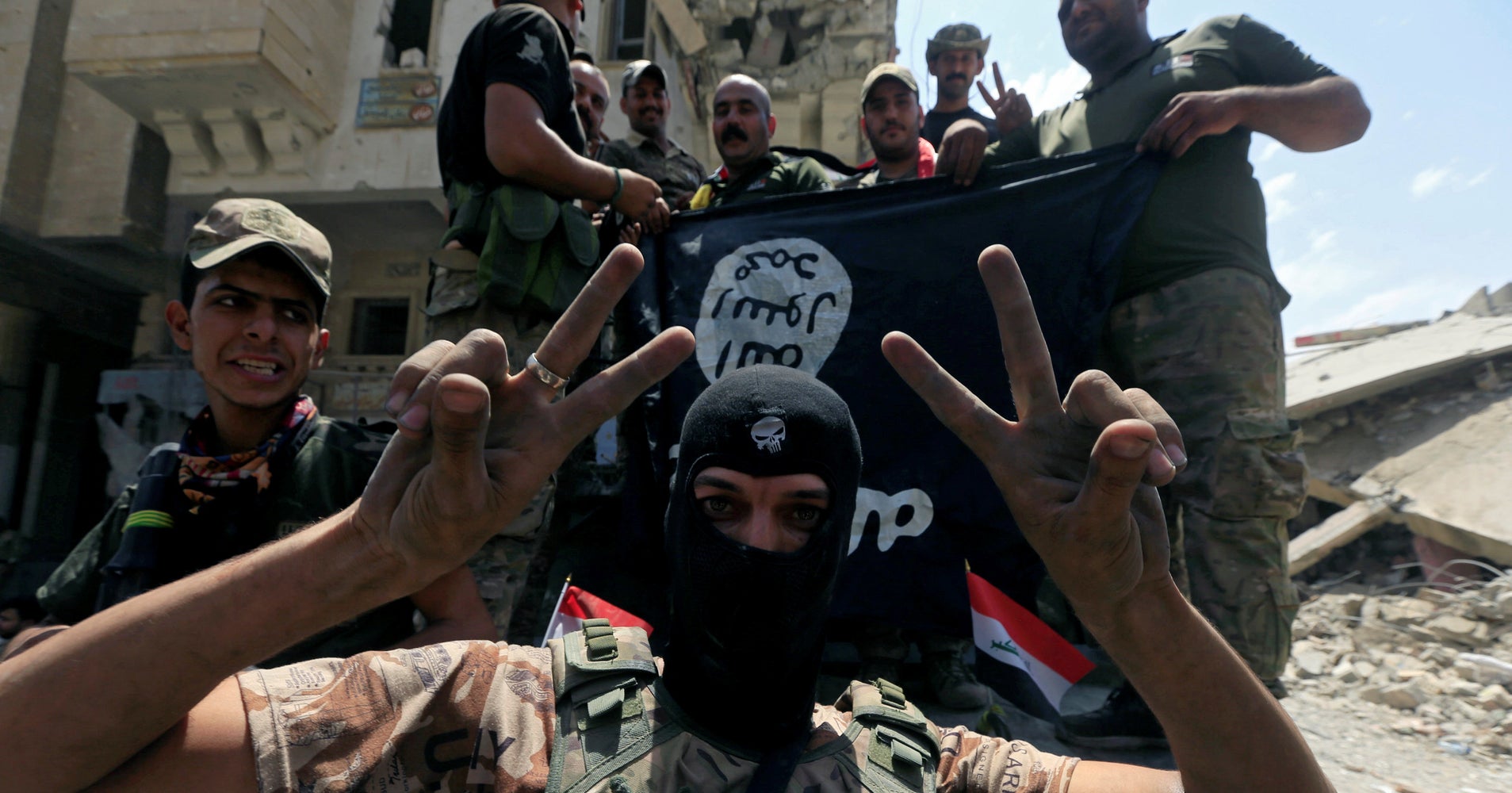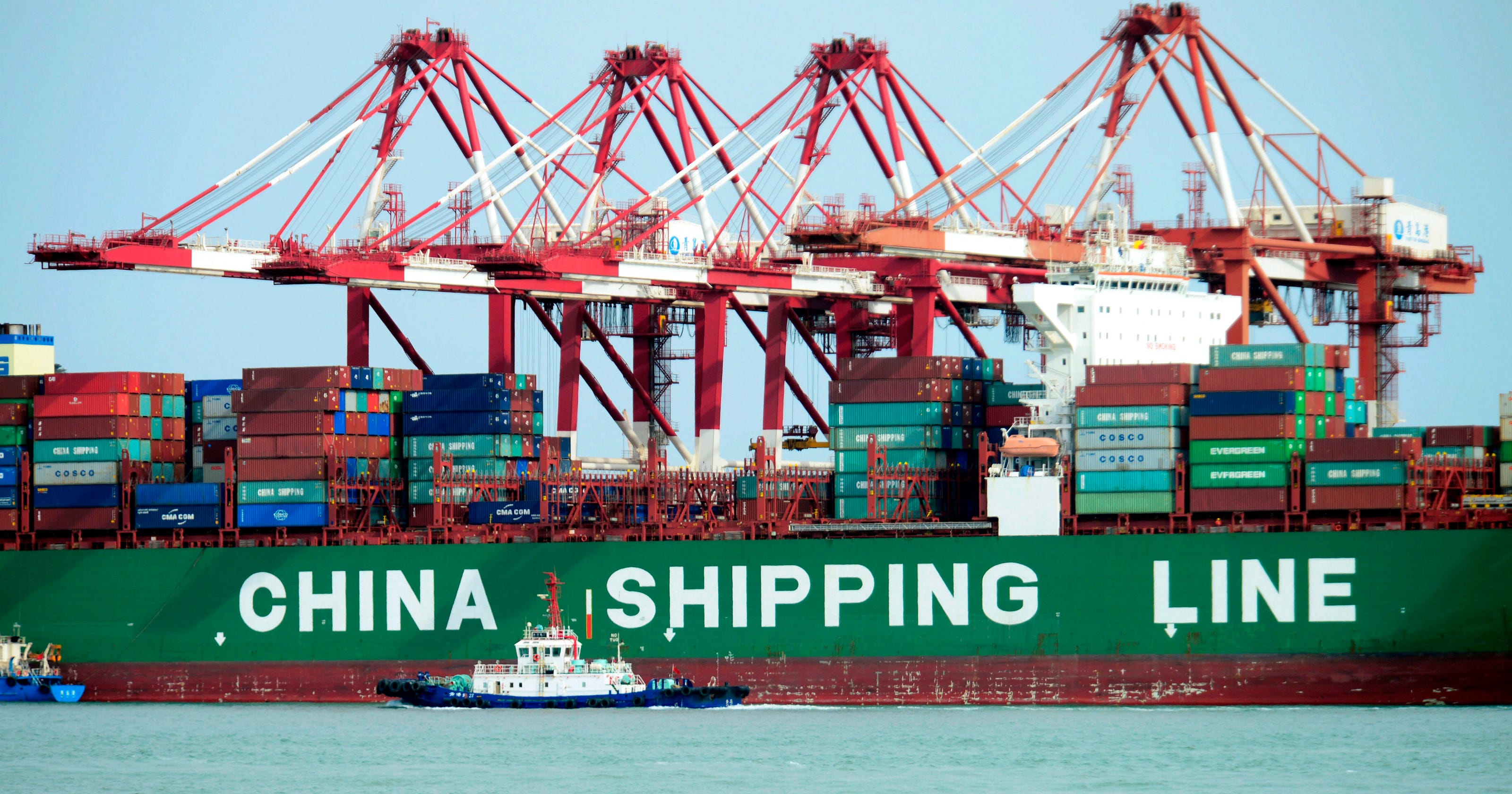Founded in 2003 by Frank Lowy, the Lowy Institute is a independent Australian think tank. The institute's role is to provide original policy oriented research pertaining to political, economic, and strategic issues from a global perspective with an emphasis on Asia in this case.
The Asia Power Index examines a myriad of factors such as GDP, technological connectivity, resource availability, internal stability and military capabilities in to order to access the overall political clout each of the 26 Asian nations.
For brevity sake, we will focus on a handful of countries with an emphasis on China, Russia, and the United States who are considered the current key global players and some of the key factors affecting the standing. If you'd like to delve into the index more deeply (and we encourage you to do so), we've provided a link below. I'm sure you'll find it as intriguing as we did.
In terms of Gross Domestic Product (GDP), China was the largest. Alone of the top five, which included the U.S., India, Japan and Russia, its GDP showed signs of sustained growth. It's worth mentioning that sixth placed Indonesia's GDP was growing, making it 9th out of the 26 Asian nations in overall power.
When it came to productivity, the U.S. scored a perfect 100, followed by Australia, Singapore, Japan, New Zealand, and Taiwan. Russia ranked 9th while China was 11th. India, Philippines and Indonesia ranked lower.
The United States was first under the heading of "International Leverage". This can be defined as global clout based on available financial, legal, sanctioning (and enforcement) capabilities. China was second with its leverage showing sign of growth. Third place Japan, however, saw its influence declining, whereas India, Singapore, South Korea, and Russia all experiencing growth in their global clout.Technology seems to be the byword for prosperity these days, which was puzzling as each of the top 10 nations associated with technological innovation all showed decline, including top ranked United States, China, and Japan. To find any country whose technology capabilities were growing, we have to drop down to Myanmar in 22nd place on the Index.
However, when it comes to high tech exports, the leading countries were Russia, Brunei, Cambodia, and Indonesia. The United States and China were in fourth and fifth place respectively.
Under the heading of "Resilience", we come to resource security or the ability to protect and preserve national resources. In looking at energy self-sufficiency, which would be essential in the event of a global natural disaster or world war, we had some surprising finds.
Each of the top ten countries, starting with Australia, Brunei, Indonesia, Laos, and Malaysia, scored 100, as did Russia and the United States. China was 12th with a energy self-sufficiency score of 79.6.
Another key factor was fuel security. Not unexpectedly, China, Russia, and the U.S. all scored 100, as did India, South Korea, and Thailand. However, only Brunei and Malaysia showed signs of growth. In terms of net fuel exportation of refined petroleum, China showed growth while Russia, the U.S. as well as India had a decline in their net fuel exportation.In today's high tech world, access to rare earth metals are critical. These minerals are used in everything from computer chips and digital cameras to cell phones, batteries (especially like those used in electric cars), flat screen TVs to refining equipment used in processing oil and gas.
Ranked first, China was the only country with a score of 100. Second was the United States with a score 25.6, though production of rare earth minerals by tonnage was declining. It's worth noting that the U.S. imports 78% of it rare earth metals from China. In addition, China has roughly 90% of all known rare earth minerals in ground. Fourth was Australia which has been increasing its share of mined rare earth metals. 6th ranked India and 7th ranked Russia were both reducing their percentages of tons mined.
Perhaps one of the most overlooked but critical factors is that of internal security. The U.S. was ranked 8th among the 26 Asian nation with its internal stability in decline, which isn't surprising. For five straight years the Economic Intelligence Unit's "Democracy Index" has rated the U.S. as a "flawed democracy" and ranked us 26th out of 167 countries, putting us between Chile and Estonia. Other studies have shown the United States as no longer a Republic, but a Corportracy and an Oligarchy.
China was ranked tenth in over internal security, but also declining. This likely due to the rising tensions in China's Xinjiang Province among its Muslim population which makes up about 2% of China's total population. In addition, there has been a surge in China's Pro-democracy movement, principally around Hong Kong, and opposition to one party rule.
15th ranked Russia also faces declining internal stability. This appears due to several factors such as frustration with Putin's control over the country, a decline in democratic freedoms, the ongoing war with Ukraine and its effect on the Russian economy, and rising militancy among its Muslim population.Another related factor is political stability. Singapore and New Zealand are considered the most politically stable of the 26 Asian nations with scores of 98.5 and 98.0 respectively. Nevertheless, the United States was ranked 11th with a score of just 44.8. While the Index showed increasing stability, this may be a bit deceiving.
The two primary political parties have become dominated by corporate special interests and there has been less diversity of opinion from mainstream news sources, resulting in a drop in trust according to the major polling services. Meanwhile, voters have been abandoning both parties enmasse, resulting in a 49% majority of voters registering as Independent.
China, ranked 16th, too is showing as what passes for "political stability" as the CCP has exerted tighter control over the government amid the growing tensions with the United States and the West, and rising internal troubles. The same can be said for 20th placed Russia and Putin's tightening grip given the war with Ukraine and frosting of relations with the West, and particularly the United States.
America was alone among all developed industrial nations in continuing seeing a rise in infant mortality along with a decline in life expectancy and general quality of life. In 2020, it ranked 50th of 147 countries. The U.S. ranks 47th in life expectancy, putting it between Albania and Estonia.
As an aside, it's worth noting the United States ranks last among the seven largest high income economies in terms of healthcare. The metrics used include quality of overall care, number of and access to hospital beds, quality of life, access to care, and efficiency despite having the most expensive healthcare system of any country. So who's the best? Norway, followed by the Netherlands, Australia, the U.K., and Germany.Now we turn to the military. In terms of sheer manpower, with 2.8 million men and women in uniform and another 500,000 reservists, China should be the largest military in world. However, according to the Index, India has taken over that honor with just over 3 million active duty military personnel. The Index also shows that China has decreased the number of active duty military while India's has increased.
China has, however, been on a building spree to increase the size of its navy which includes aircraft carriers--- one operational, one nearing completion, and another on the drawing board. It has increased the number of its cruisers, destroyers, and landing craft of various sides. It's chief problem at this time is a lack of trained carrier based pilots and that takes time. Russia was ranked fourth with roughly 1.4 million in uniform. The U.S. ranked 5th with 1,495,000 men and women serving in the armed forces.
In a related area, the Index still gives the U.S. the nod when it comes to long range naval force projection, though its ability has declined in recent years. China has been quickly rising from its number two ranking position and may overtake the U.S. in the Pacific within the next few years. However, for now, the U.S. remains first in naval deployment capabilities.
Both Russia and the U.S. have seen a decrease in the effective of their respective militaries. In the case of Russia, it's been the reduction in overall preparedness since the fall of the Soviet Russia in 1991. When it came to rapid deployment, China was ranked first thanks to a new emphasis on its naval development. Russia was a close second. The U.S. was fourth and trending down.
In America's case, this is due largely to the 20 year misadventure in Iraq and Afghanistan which has left the military understaffed and in need to a complete overhaul of nearly everything. Several defense report suggest that the only branch now capable of a full engagement was the Marines.Other reports point out that the U.S. military, while able to quickly put boots on the ground anywhere in the world, would not be capable of sustaining a two front war as it was in the past. Still, U.S. troops remain the best trained and equipped of any in the world. The Index ranked the U.S. first followed by Russia and Australia.
The Index gave the U.S. a rating of 100 when it came to military platforms, though it acknowledged American military decline. Meanwhile, at number two, China military capabilities are increasing, especially its naval power as mentioned above. Russia and India remained ranked third and fourth.
As an aside, China was ranked first in ground based missile launchers while the U.S. was out in front when it came to "boomers" or ballistic missile submarines. In terms of area deniability, which covers intelligence gathering (including recon and monitoring), air firepower, and naval capabilities, the U.S. remained first although those capabilities have dropped while second ranked Russia and third placed China saw their capabilities increase.
When it came to airpower, the U.S. remained ranked first, however, China, India, and Russia were expanding their abilities to contest the battle from above. Meanwhile, Russia and China were expanding their drone and AWACS presence as the U.S. has been forced to cut back due to retirement, aircraft overhauls (along with facing shortages of spare parts and adequately trained personnel), and updates. All three superpowers face a reduction in cyber capabilities as well according to the Index.
Lastly were the nukes. The country with the most nuclear weapons was by far Russia. It's currently estimated that Russia has 5,977 nuclear warheads, mostly mounted on ground based mobile units. The United States has roughly 5,428 nukes spread throughout it naval, air, and land based forces. The Chinese have about 350 nuclear warheads.So, where does this leave us? Based on the Index, the United States remains number one overall among the 26 Asian nations examined. However, while the U.S. remains strong in key areas, it's apparent that its overall capabilities, while still strong, are showing indication of decline. America remains vulnerable in key areas such as strategic or rare earth metals and outdated shipping facilities. It should be pointed that America's communication grid continues to be vulnerable to cyber or terrorist attack.
Finally, the U.S. military is badly worn down thanks to a badly conceived invasion and occupation of Iraq and Afghanistan and an equally worse withdrawal. The final result was a defacto military defeat which left the Taliban and ISIS back in charge and in possession of billions in U.S. military equipment.
The military is in critical need of a total overhaul or replacement of everything from tanks to aircraft to ships to leadership while the country needs a clearly defined foreign policy base on new realities, not those of a Cold War that ended over two decades ago. Since the end of the war, the military is facing a serious shortages of qualified personnel as thousands grab their DD214's and get out.
America's healthcare system, which is vital in the event of a major war, natural disaster or another scare like that of COVID, is woefully inadequate. The political system of the U.S. is deeply fractured, which has greatly increased its internal stability, leading many to project "when", not "if" as revolution or civil war isn't far off. The stability of the U.S. financial system is shaky at best, forcing deepening cut backs in public services, which only worsens the economic and social divide.
Meanwhile, China has double down on its economic and military growth despite warning signs of overheating or even collapse. It has been busy buying up resources and making inroads throughout the world, especially in Africa and Latin America, as well as among America's enemies (most notably Iran). China controls many of the natural resources the U.S. needs to remain competitive globally. It also dominates American trade imports so much so that sanctions, an embargo or war with China would cripple the economy.There's no question the winds of global power have shifted east. It growth in naval power will ensure its power projection throughout the Pacific. The Yuan is posed to replaced the dollar as the "go to" currency for international trade. It's developing economic and military power has many Asian leaders contemplating whether their best interests lay with Beijing rather than Washington.
Russia too is on the rise. Although Moscow has always tried to look westward to a future with Europe, the current war in Ukraine, brought on by an aggressive U.S. backed NATO, which has included economic sanctions, has forced Russia to turn again eastward where the bulk of its landmass and resources lay. The warming of the climate will allow Russia access to trillions in natural resources.
The cross-nation BRICS economic alliance, consisting of Brazil, Russia, India, China, and South Africa, has allowed emerging growth nations the ability to bypass the Machiavellian policies of the West (and U.S. led sanctions), and create an essentially post-America future.
As Bob Dylan sang back in 1960's while the Cold War raged, "times are a-changing" . Indeed they have, and it appears the winds of change are getting stronger. Perhaps it's time we pull our collars up and dig our hands a little deeper into our pockets. It seems the eastward blowing winds are getting colder too.
If you want to know more
about this article's topic, please check out the links below. If you enjoyed
the article, please consider passing it along to others and don't forget to
subscribe. It's free! Lastly please be sure to "like" us on
whatever platform you use to read anotheropinionblog.com. It helps with
the algorithms and keeps our articles in circulation. Thank you!
The Lowy Institute Asian Power Index 2023
PH 51st on the lists of world's most powerful militaries
U.S. remains a 'flawed democracy' in annual rankings
AJMC: U.S. Has Highest Infant Maternal Mortality RatesDespite the Most Healthcare Spending
Mirror Mirror 2021: Reflecting Poorly
JAMA: US Health System Ranks Last Among High-IncomeCountries
US defense industry isn't prepared for a war with China, report says








No comments:
Post a Comment